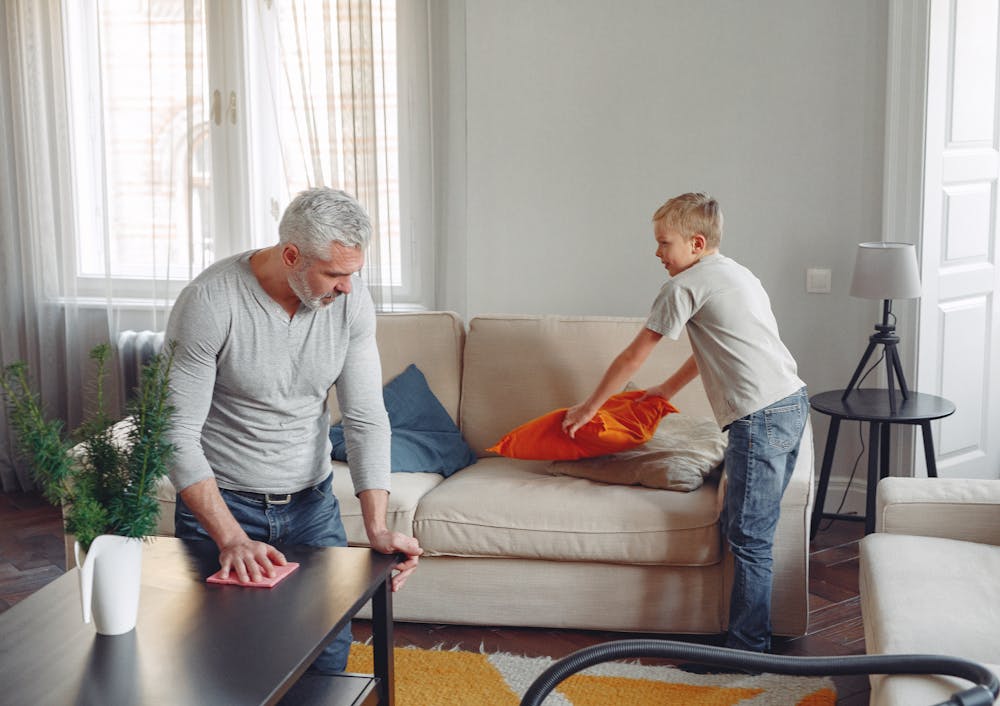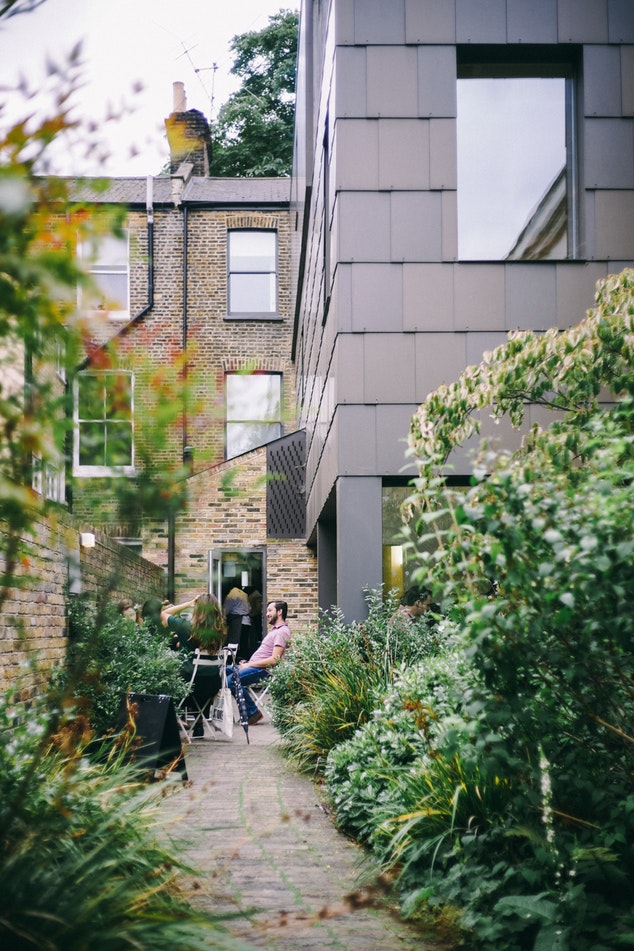If you’ve ever found yourself wanting to make your home more sustainable but worried about sacrificing aesthetics or convenience, you’re not alone. Sustainable home design doesn’t mean you have to compromise on style or functionality. In fact, with the right approach, you can create a home that’s not only better for the environment but also looks great and meets your everyday needs.
This article will guide you through practical, stylish, and sustainable choices you can make to transform your home.
Making Sustainable Changes to Your Bathroom
One of the most effective places to start your sustainable home transformation is the bathroom. Traditional bathrooms can be water and energy-intensive, but with a few thoughtful changes, you can make them much more eco-friendly. Begin by replacing old fixtures with water-saving alternatives. Low-flow toilets, faucets, and showerheads can significantly reduce water usage without compromising performance.
When it comes to materials, consider eco-friendly options such as recycled glass tiles or countertops made from sustainable materials like bamboo or recycled paper. These choices not only reduce environmental impact but also add a unique and stylish touch to your bathroom.
If you’re planning a more extensive renovation, think about replacing your old bathtub with a more efficient model. Modern bathtubs are designed to retain heat longer, reducing the need for continuous hot water and saving energy in the process. Additionally, look for bathtubs made from sustainable materials such as recycled acrylic. Work with a local replacement tub company to transform your space.
Sustainable Kitchen Design for Modern Homes
The kitchen is often the heart of the home, and making it sustainable can have a significant impact. Start by selecting energy-efficient appliances, which consume less electricity and water. When choosing materials for countertops and cabinets, consider options like recycled glass, bamboo, or reclaimed wood. These materials are not only eco-friendly but also add unique character to your kitchen. Additionally, consider installing a water-efficient dishwasher and using sustainable cleaning products to reduce your kitchen’s environmental footprint.
Reducing waste in the kitchen is also crucial. Implement a waste sorting system to separate recyclables, compostables, and general waste. This simple step can dramatically reduce the amount of waste your household sends to landfill.
Energy Efficiency in Home Design
Energy efficiency is a cornerstone of sustainable home design. By incorporating energy-efficient systems and appliances, you can significantly reduce your home’s energy consumption and lower your utility bills. Start by choosing energy-efficient appliances such as refrigerators, dishwashers, and washing machines.
Solar panels are another excellent investment for enhancing your home’s energy efficiency. They harness renewable energy from the sun, reducing your reliance on fossil fuels and lowering your energy costs over time. While the initial investment can be substantial, the long-term savings and environmental benefits make it a worthwhile consideration.
Smart home technology also plays a crucial role in achieving energy efficiency. Smart thermostats, for instance, learn your schedule and adjust the temperature accordingly, ensuring that energy is not wasted when you’re not at home. Automated lighting systems can turn off lights when rooms are unoccupied, further reducing energy consumption.
Sustainable Flooring Options
When it comes to flooring, there are several eco-friendly options that combine sustainability with style and durability. Bamboo flooring is a popular choice due to its rapid growth rate and minimal environmental impact. It offers a sleek, modern look and is as durable as traditional hardwood floors.
Cork flooring is another sustainable option that provides a unique aesthetic and is comfortable underfoot. Cork is also naturally resistant to mold and mildew, making it an excellent choice for areas with higher humidity.
Recycled materials, such as reclaimed wood or tiles made from recycled glass, are also great for sustainable flooring. These materials reduce waste and often have a distinctive appearance that adds character to your home. Choosing sustainable flooring options not only helps the environment but also ensures that your floors are stylish, durable, and unique.
Incorporating Natural Light for Eco-Friendly Spaces
Incorporating natural light into your home design not only enhances its aesthetic appeal but also contributes to sustainability. Natural light reduces the need for artificial lighting, which in turn lowers energy consumption and utility bills. Strategically placed windows, skylights, and glass doors can significantly brighten your living spaces.
Consider using light-colored, reflective surfaces to maximize the natural light in your home. This can include mirrors, glossy tiles, or light-colored paint on walls and ceilings. These surfaces bounce light around the room, making it appear more spacious and inviting. Additionally, installing energy-efficient windows with double glazing can help maintain indoor temperatures, reducing the need for heating and cooling.
Green Landscaping Ideas for a Sustainable Yard
Your home’s exterior can also reflect sustainable principles through thoughtful landscaping. Start by choosing native plants, which are well-suited to your local climate and require less water and maintenance. This not only conserves water but also supports local ecosystems.
Installing a rainwater harvesting system can further enhance your garden’s sustainability. Collecting rainwater for irrigation reduces reliance on municipal water supplies and helps manage stormwater runoff. Additionally, creating a composting area allows you to recycle organic waste into nutrient-rich soil for your garden. This reduces landfill waste and enriches your plants naturally.
Eco-Friendly Furniture and Decor for a Green Home
Choosing eco-friendly furniture and decor is another essential aspect of sustainable home design. Opt for furniture made from sustainable materials such as reclaimed wood, bamboo, or recycled metal. These materials are not only durable but also add a unique, rustic charm to your home.
Buying second-hand or vintage furniture is another excellent way to promote sustainability. This reduces demand for new products and prevents usable items from ending up in landfills. Additionally, vintage pieces often have unique designs that can add character to your home.
Incorporating plants into your home decor not only enhances its beauty but also improves indoor air quality. Plants absorb carbon dioxide and release oxygen, creating a healthier living environment. They also add a touch of nature to your home, making it feel more inviting and serene.
Conclusion
Achieving a sustainable home design that combines style and functionality is not only possible but also highly rewarding. By incorporating eco-friendly practices and materials, you can create a home that is beautiful, efficient, and environmentally responsible. From making sustainable changes to your bathroom and kitchen to choosing eco-friendly building materials and smart home technology, every step you take contributes to a greener future. As you implement these strategies, you’ll find that sustainability and style can seamlessly coexist, resulting in a home that reflects your values and meets your needs. Start your journey towards a more sustainable home today, and enjoy the benefits of a healthier living environment and a reduced environmental footprint.



